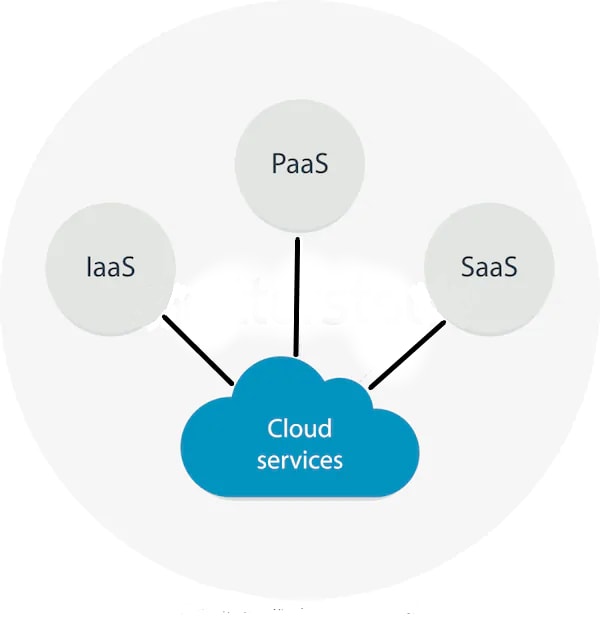Tag: Linux
How to Stop Outgoing Email Spam
Introduction

The most effective method to protect a server from sending spam is to prevent it in the first place. In this article, we provide several techniques to use to keep the server from sending out unwanted spam or junk mail. Typically, unwanted, and unsolicited spam email is usually bulk sent out to an indiscriminate list of recipients. Spam is often used for commercial purposes but can be sent out in massive volume by a botnet or a network of infected computers.
How to Store Secrets in Kubernetes
What is a Secret?

A Kubernetes Secret is an object that enables us to store and manage sensitive information. A Secret can contain data like SSH keys, OAuth data, or other user authentication information like passwords. It is typically stored within a cluster in a manner native to Kubernetes. Using a Secret object provides more granular control over how highly sensitive data is used. It also lowers the risk of data exposure to unauthorized parties.
How To Use the Find Command In Linux

One of the most popular command-line utilities is the find command, mainly because of its simplicity and versatility. It's the default option to search for files across multiple UNIX based systems with a wide range of parameters and variables to narrow down our searches. It helps look for files matching a specific name, date, size, or even owner to provide a frame to append other commands to the list of files found. The basic structure of the find command is as follows.
What is Blockchain? A Tutorial

The idea of blockchain itself may sound complicated, but the premise is simple. Blockchain is a zero-trust, fully decentralized peer-to-peer data storage system that spreads verified information across participants in the chain, referred to as nodes. Blockchain stores this information in blocks that are chained together. As new data arrives, it is recorded into a block. Once a block has been filled with information, it is linked to the previous block. This process allows the data to be bound together in sequential and chronological order.
How to Install and Configure KubeKey
What is KubeKey?

KubeKey is the newest Kubernetes installer for KubeSphere. KubeSphere is a distributed OS management system for cloud-native applications using Kubernetes as its kernel. It provides a plug-and-play structure for seamless integration of many third-party applications. It is somewhat similar in nature to MiniKube for installing Kubernetes.
How to Locate Open Ports in Linux
IaaS, PaaS, and SaaS: A Comparison
Introduction

Businesses looking to establish themselves online have numerous options. They can not only choose the providers, but the service they wish to receive. Cloud computing has become an extremely popular hosting method due to flexibility in price, features, and support/management. Within the concept of cloud computing, you are typically presented with three distinct categories of services offered:
Using Telepresence to Improve Microservice Development

What is Telepresence?
Initially developed by Datawire, Telepresence is a new open-source tool supported by the CNCF (Cloud Native Computing Foundation). It allows developers to run local software while connected to a remote Kubernetes cluster. The application uses a two-way network proxy to simulate TCP connections, environmental variables, and other volumes of services as local processes. This link allows for remote work to be accomplished while seemingly local to the cluster via the proxied connection.
A Beginner’s Guide to Chef on CentOS 8
What is Chef?

Chef is an open-source configuration management DevOps tool used for configuration and management of multiple systems in infrastructure. Using Chef, we can use so-called recipes and cookbooks to automate and speed up managing multiple systems in our environment. By using Chef, we can adjust every system in our environment to our desired state, which we defined using the code in recipes. In the process, code is continuously tested and deployed using Chef.
How to Install Jenkins on Ubuntu 20.04
Our Sales and Support teams are available 24 hours by phone or e-mail to assist.


